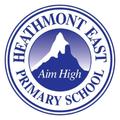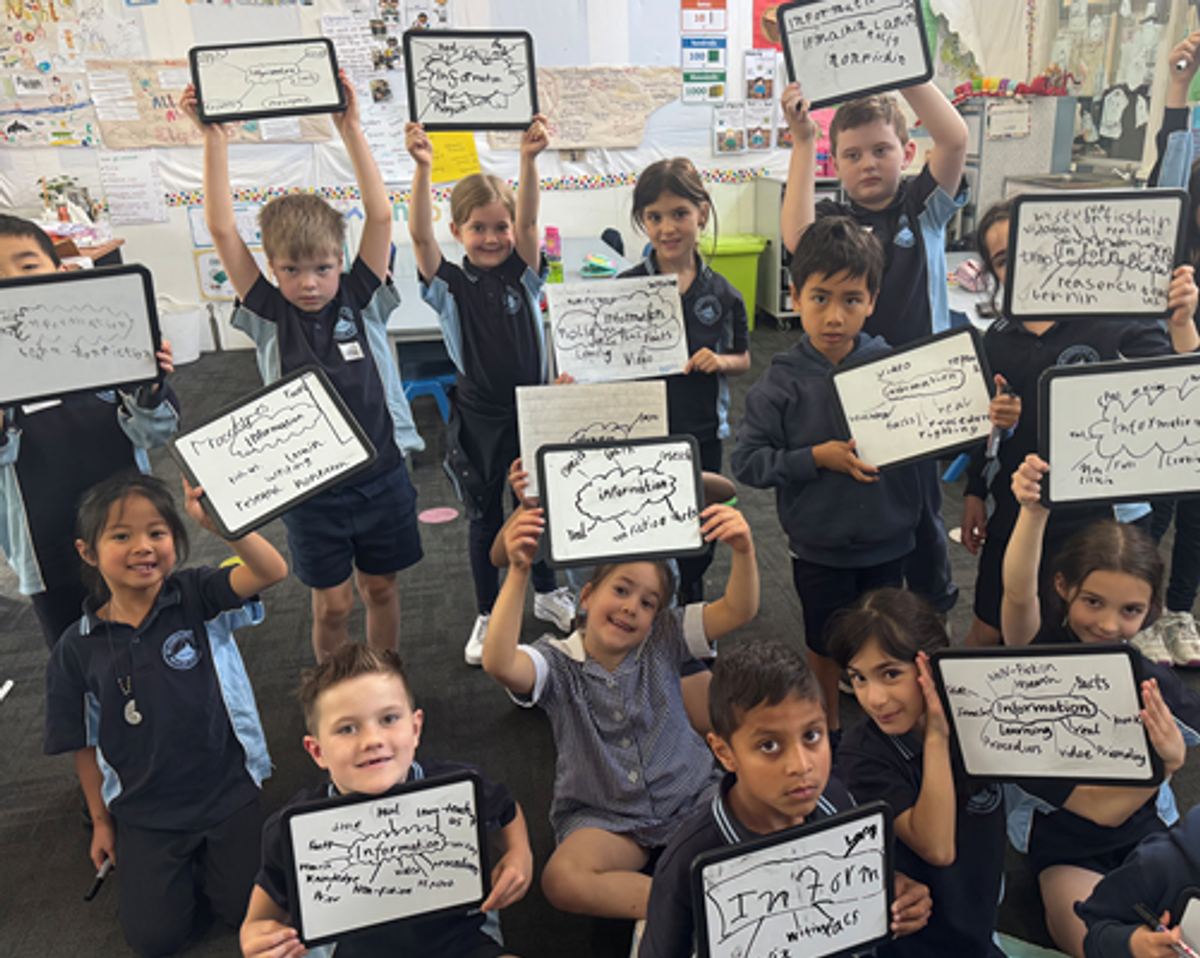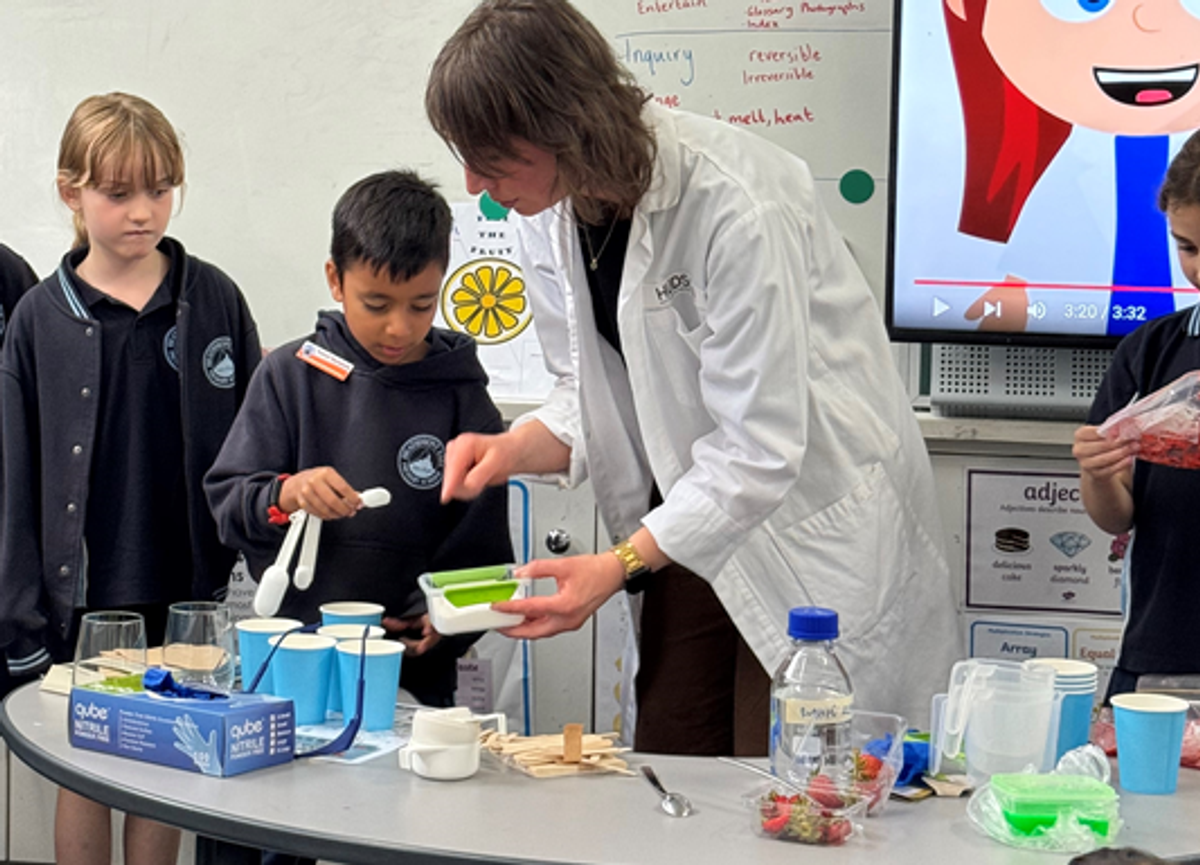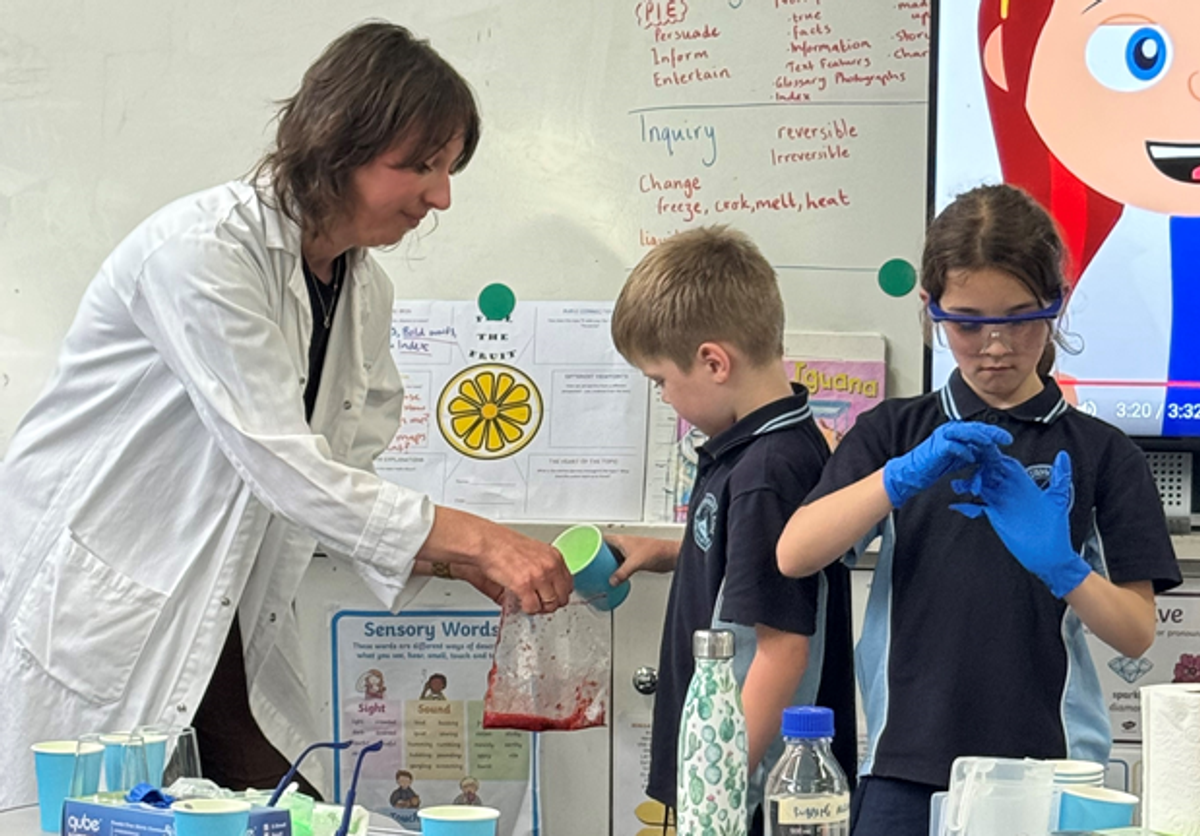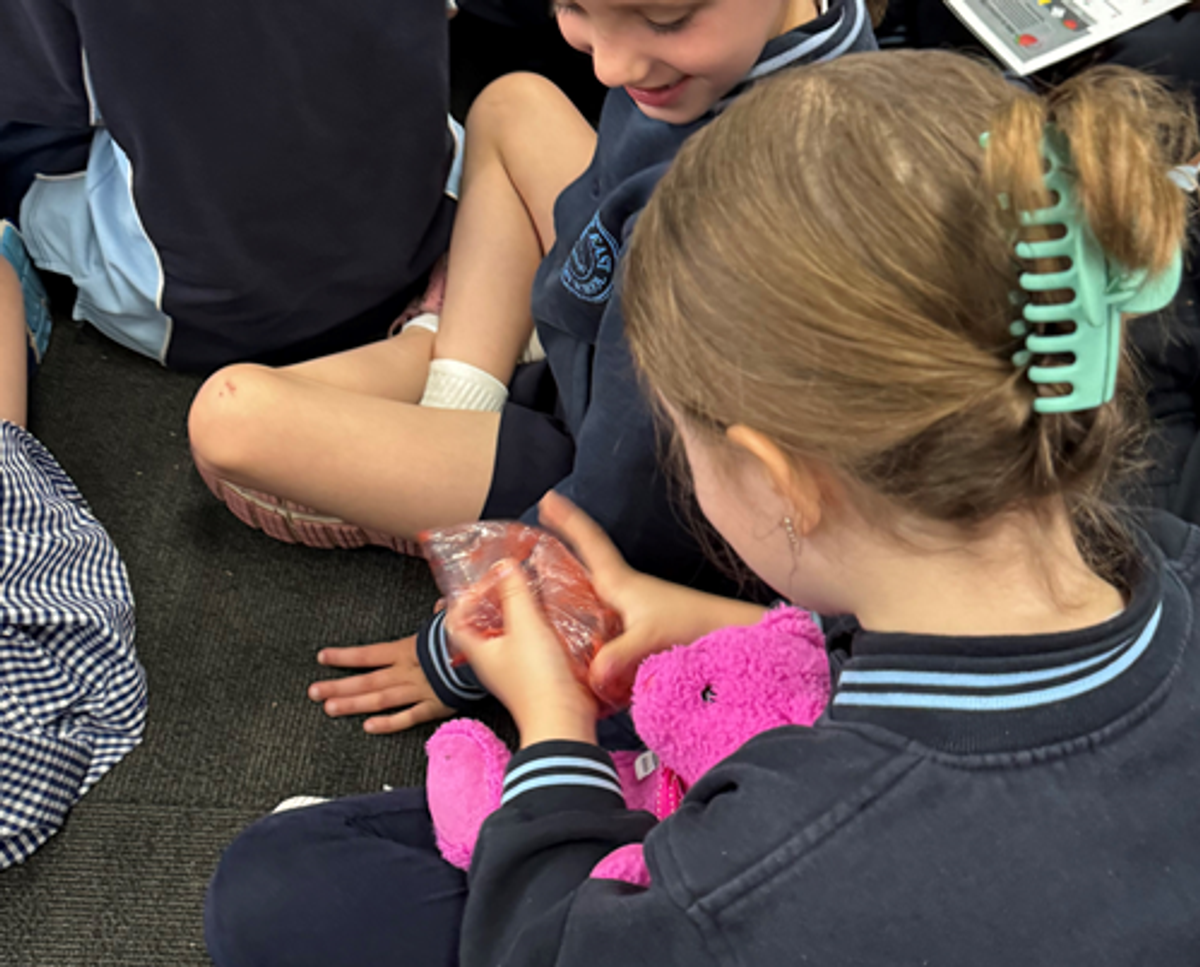Level 1
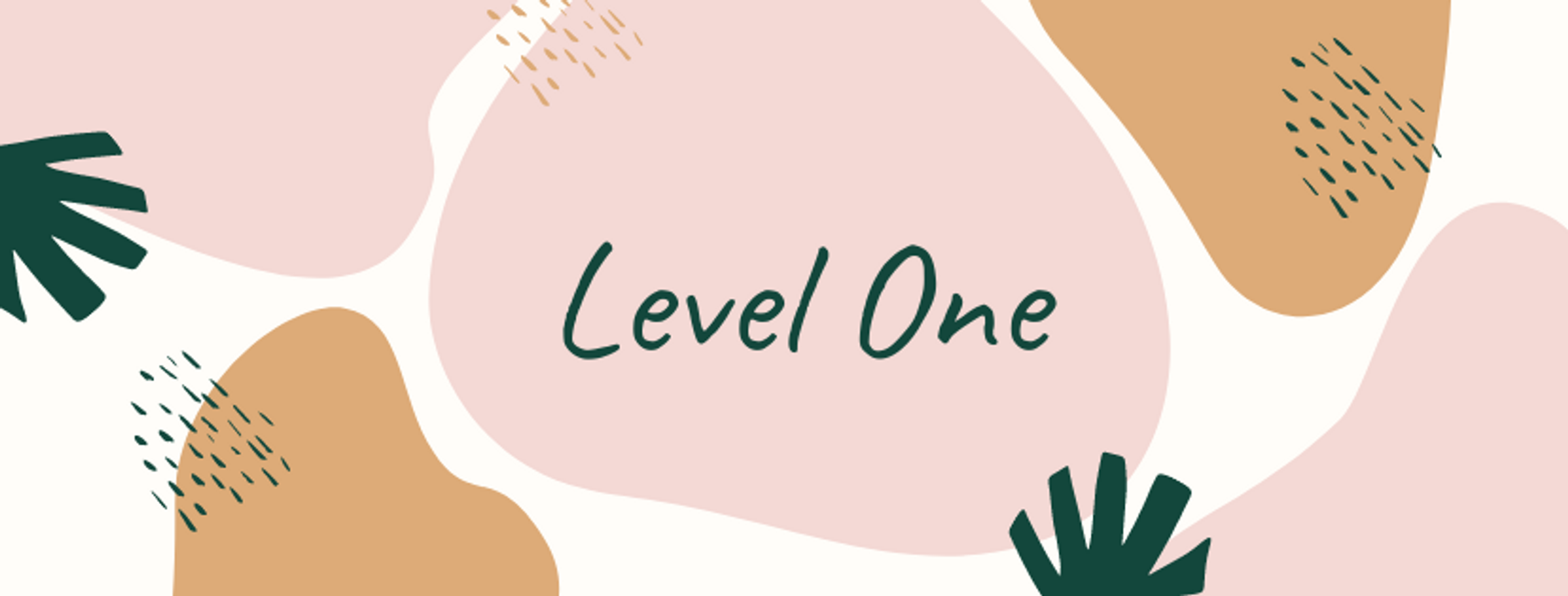
Literacy
This week in Literacy, we’ve been diving into nonfiction texts. The students have really enjoyed reading about a wide range of fascinating topics. They’ve been learning to identify key text features, such as headings, captions, and diagrams, and discovering how these features help us gather and understand information more effectively.
In addition to reading nonfiction texts, the students have been practising writing informative pieces. They’ve begun to explore what makes a fact and how to use facts and information in their writing. It’s been an exciting week of learning, and they’re eager to continue developing their skills in both nonfiction reading and writing.
Maths
In Maths this week, the students had a great time planning a Level 1 sausage sizzle! Our focus has been on statistics and data, and the students enjoyed applying their mathematical skills to a real-life scenario. They learned how to gather and organise data, making the connection between maths and everyday life.
The students carefully planned the sausage sizzle, step by step, and then transferred their data into a graph using Excel. This hands-on experience helped them understand how data is used to make decisions and solve problems. It was a fun and practical way to see how maths is useful in the real world, and the students were excited to see their planning and data come to life!
Inquiry
We were lucky to have a visit from one of our students' parents this week. Ali, a scientist, kindly came in to share her expertise with us, which was especially exciting as we’ve been learning all about science this term! The students have loved exploring and experimenting, so Ali’s visit was a perfect fit.
Ali led a collaborative experiment with all the Level 1 students, where we learnt how to extract DNA from strawberries! The students were fascinated by the process and had a fantastic time seeing science in action. It was an amazing opportunity to hear from a real-life scientist and learn about her work.
As part of the experiment, the students followed the scientific process—making hypotheses, observing closely, and carrying out the experiment step by step. It was an engaging, hands-on experience that helped the students better understand how science works. Everyone thoroughly enjoyed it, and it was a great way to bring our science learning to life!
